Greater Trochanteric Pain Syndrome Self-care
Greater trochanteric pain syndrome self-care. Definition-Trochanteric bursitis is a regional pain syndrome that presents typically for outpatient physical therapy evaluation and treatment at a subacute or chronic stage. It can make it difficult for you to walk or run. 7265 enthesopathy of hip Case Type Diagnosis.
1 2 GTPS is the cause of hip pain in 1020 of patients presenting with hip pain to primary care with an. The following factors were significantly associated with GTPS. Those people whose pain persists treatment is usually painkillers strengthening exercises for the weak muscle groups and occasionally corticosteroid injection.
Lower extremity spasticity depression and iliotibial band syndrome. When this bursa becomes irritated or inflamed it causes pain in the hip. GTPS was diagnosed by means of structured physical examination maneuvers in 17 patients with stroke and self-reported pain and 11 patients with stroke without self-reported pain.
Your provider may recommend that you try the following. Greater Trochanteric Pain Syndrome - Self Care What you should know Greater Trochanteric Pain Syndrome GTPS can be a painful condition affecting the outer lateral hip region. Aim to complete three sets of 10-12 repetitions.
Clinical diagnosis and treatment of greater trochanteric pain syndrome is still challenging. Among the things you can do. Lift your painful leg out to the side and then slowly lower back to normal standing position.
You can stop trochanteric bursitis from becoming worse -- or never have it at all -- if you take care of your hips and the rest of your body properly. Greater trochanteric pain syndrome GTPS is a common cause of hip pain. Exercises for early stages Stand holding on to a stable surface such as a chair or table for balance.
It is seldom an. It occurs when the soft tissues that lie over the bony prominence greater trochanter at the top of the thigh bone become irritated and sore.
Your provider may recommend that you try the following.
It can make it difficult for you to walk or run. Lower extremity spasticity depression and iliotibial band syndrome. Greater trochanteric pain syndrome GTPS is a common cause of hip pain. GTPS was diagnosed by means of structured physical examination maneuvers in 17 patients with stroke and self-reported pain and 11 patients with stroke without self-reported pain. Greater trochanteric pain syndrome involves pain in the side of the hip thought to be due to overuse and inflammation of the muscles tendons and other structures in the side of the hip. Ultrasound guided injections for greater trochanteric pain syndrome can be done into the greater trochanteric bursa or the subgluteus medius bursa Jennifer McEvoy 2013. Trochanteric bursitis is inflammation swelling of the bursa fluid-filled sac near a joint at the outside lateral point of the hip known as the greater trochanter. Greater trochanteric pain syndrome GTPS is a common cause of lateral hip pain seen more commonly in females between the ages of 40 and 60. This guide gives you information about the causes symptoms and treatment of greater trochanteric pain syndrome.
This guide gives you information about the causes symptoms and treatment of greater trochanteric pain syndrome. Wear comfortable well-cushioned shoes with a low heel. Take pain relievers such as ibuprofen Advil Motrin or naproxen Aleve Naprosyn to help relieve pain and swelling. Lose weight if you are overweight. Your provider may recommend that you try the following. These injections are done by placing the patient in. 7265 enthesopathy of hip Case Type Diagnosis.
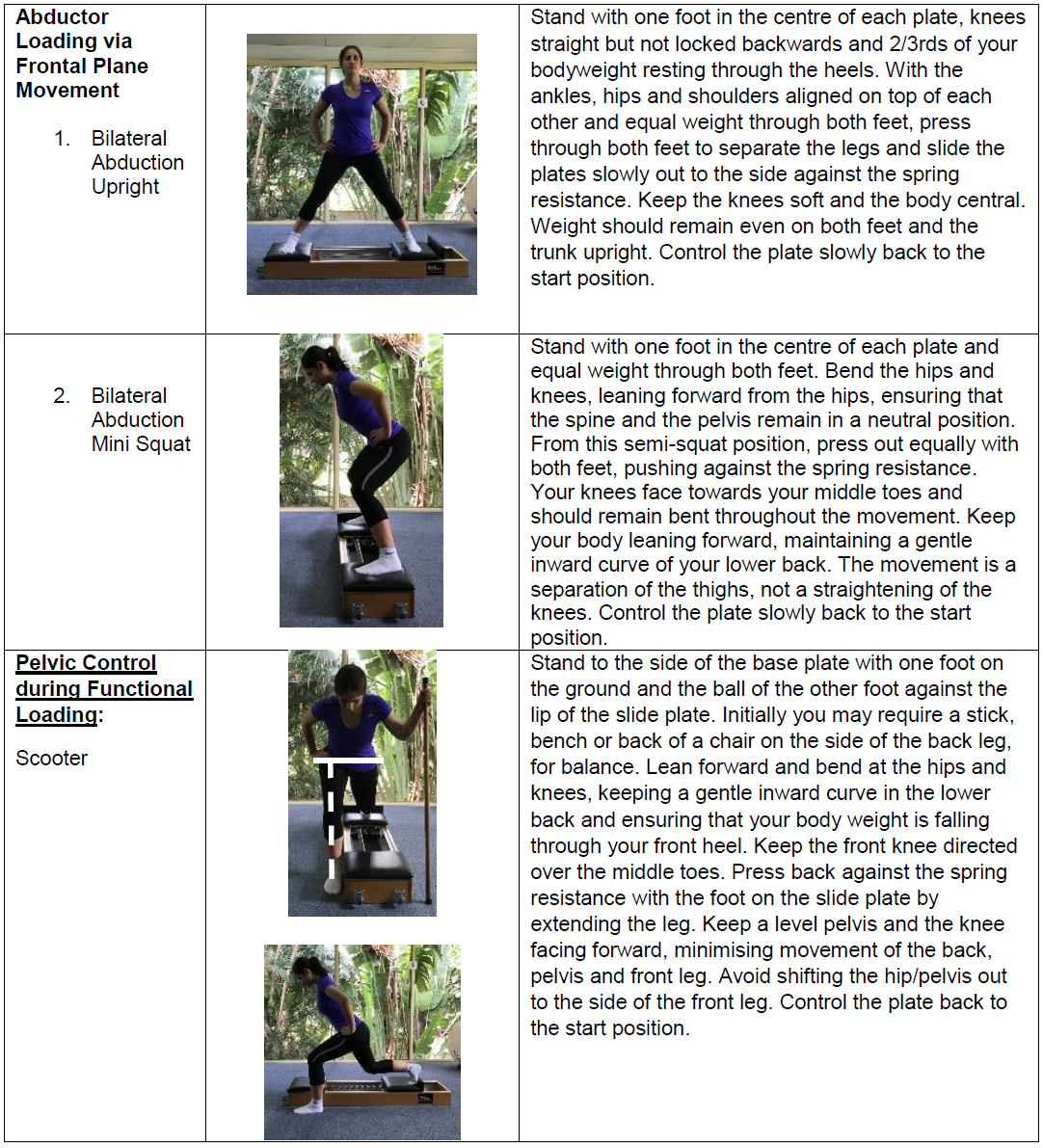







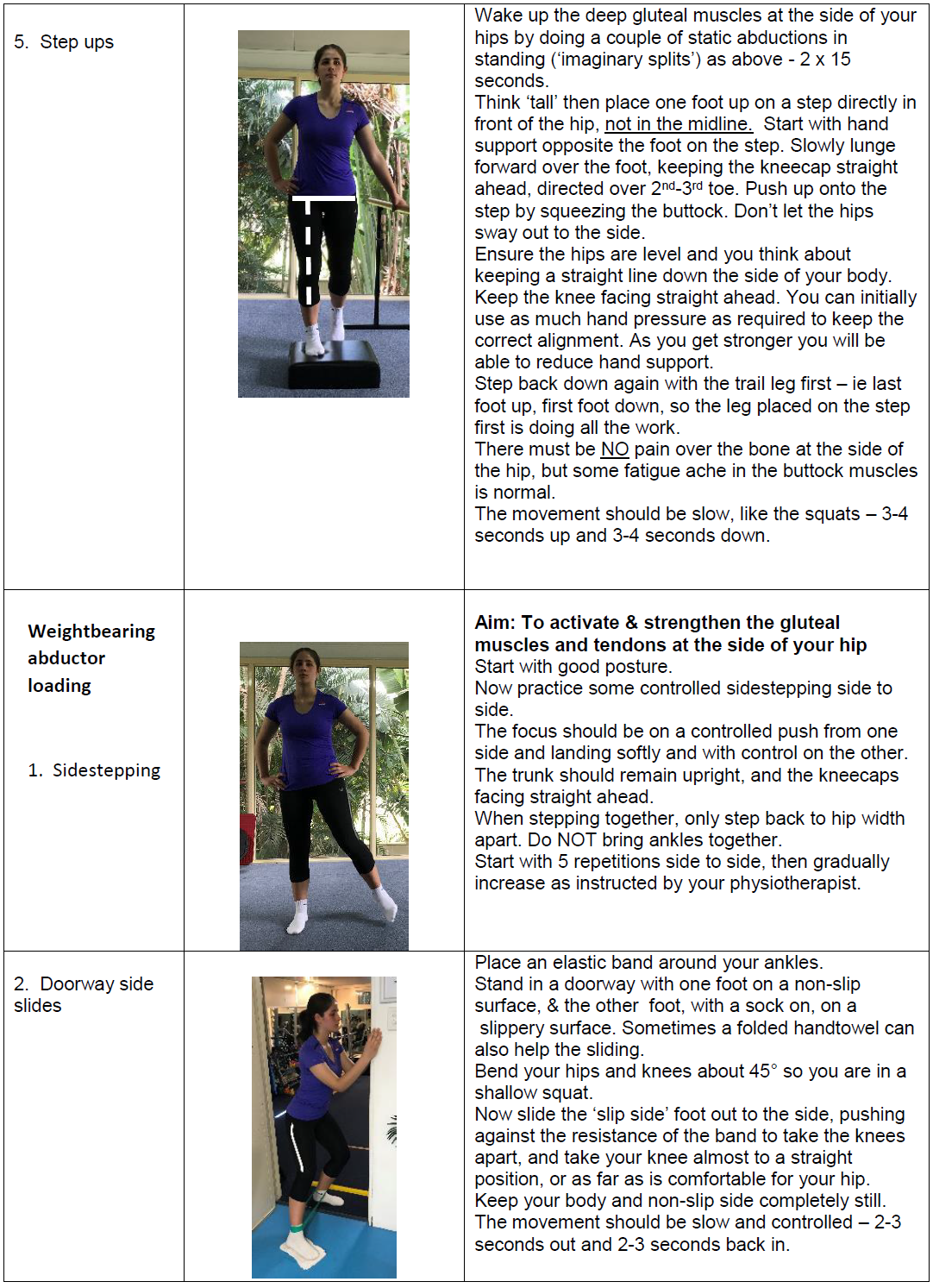

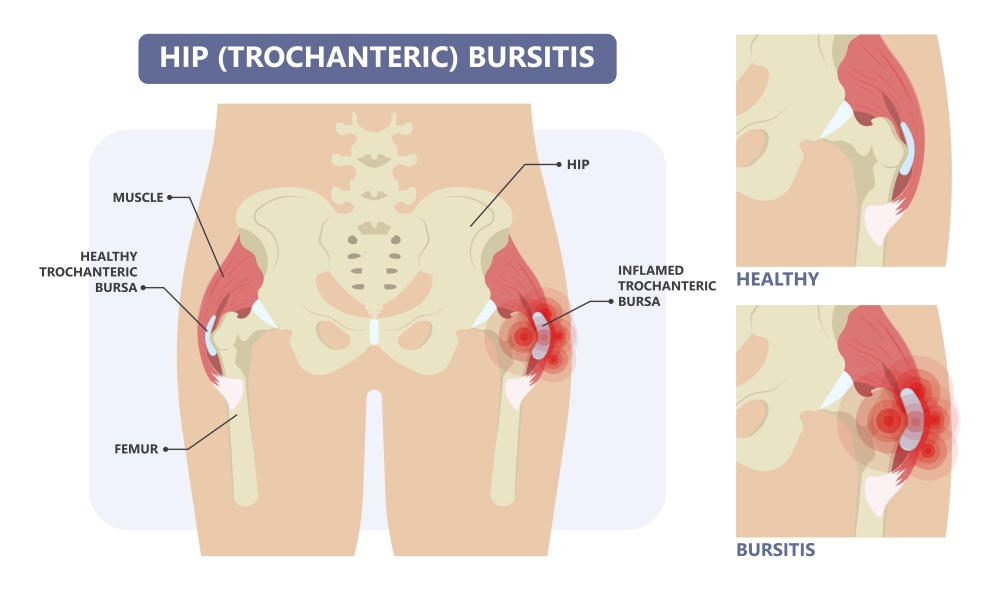
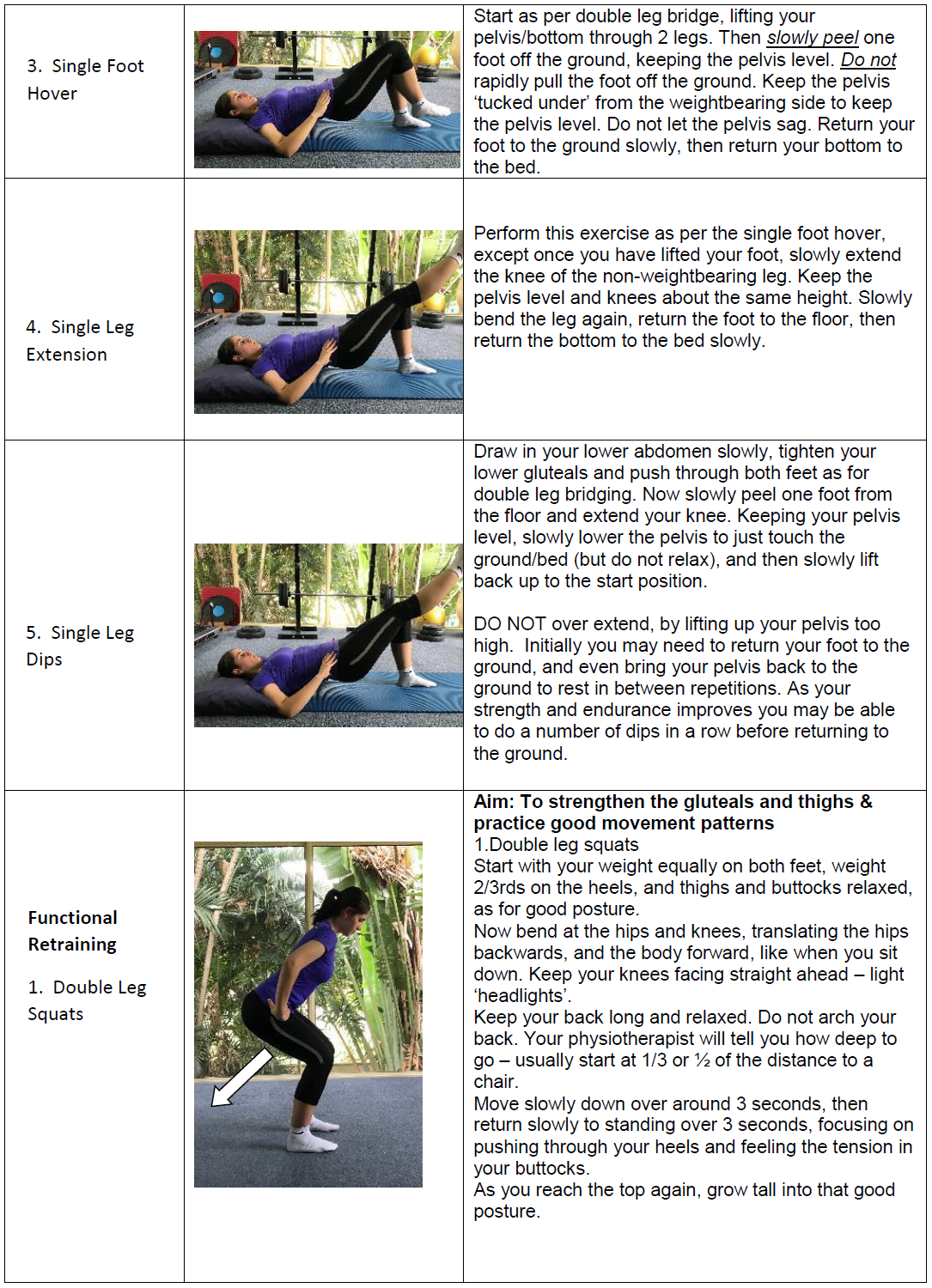



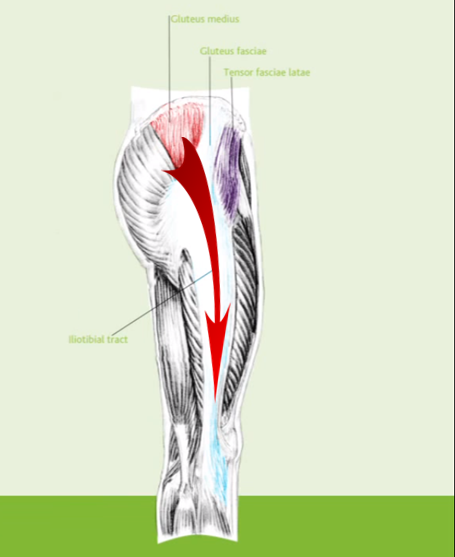






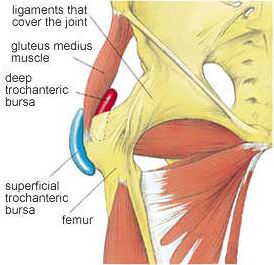

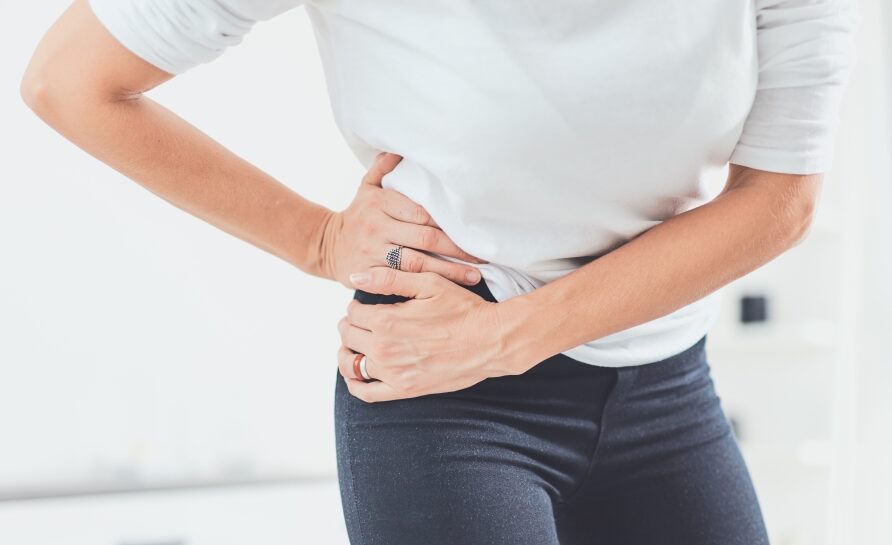




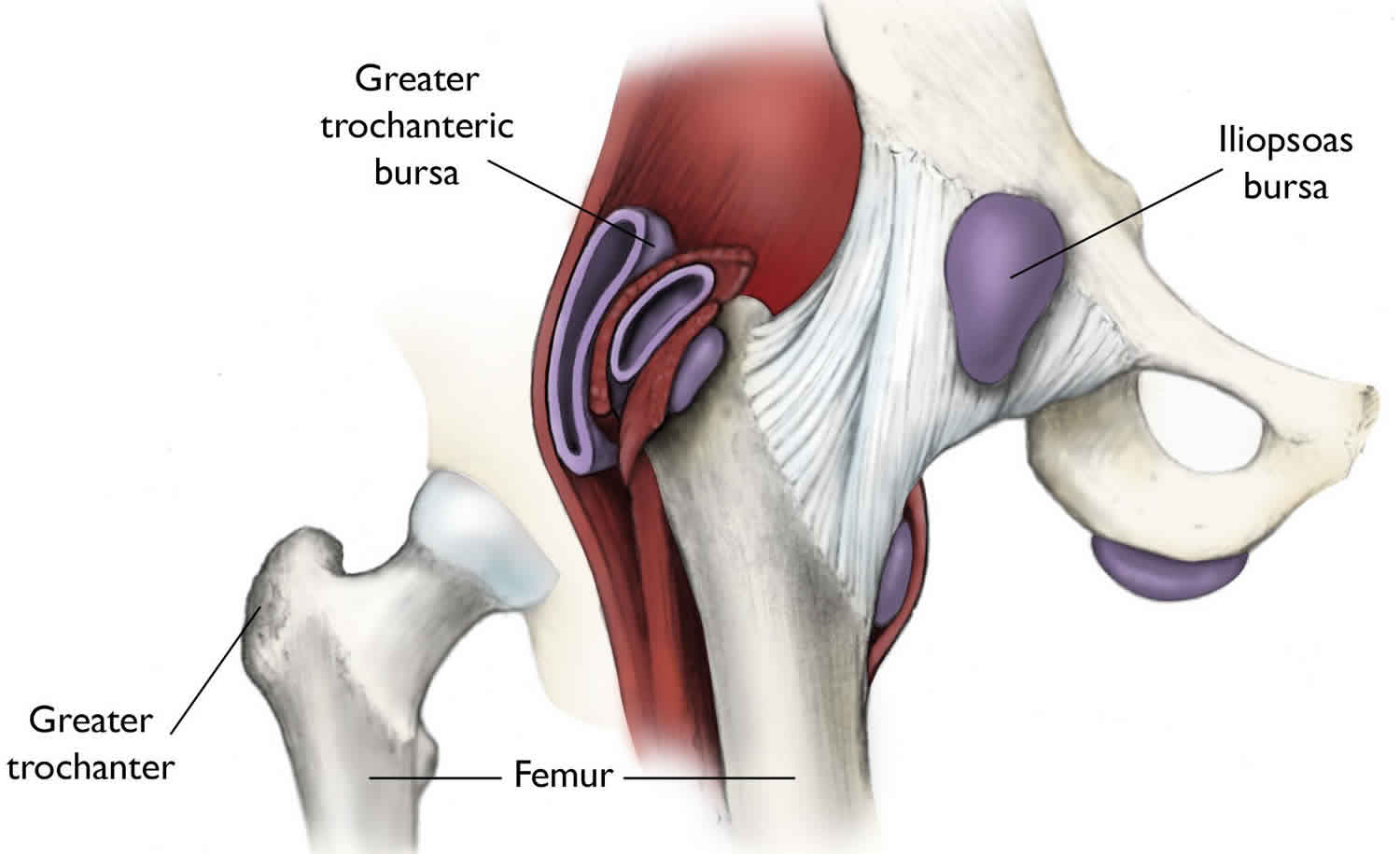

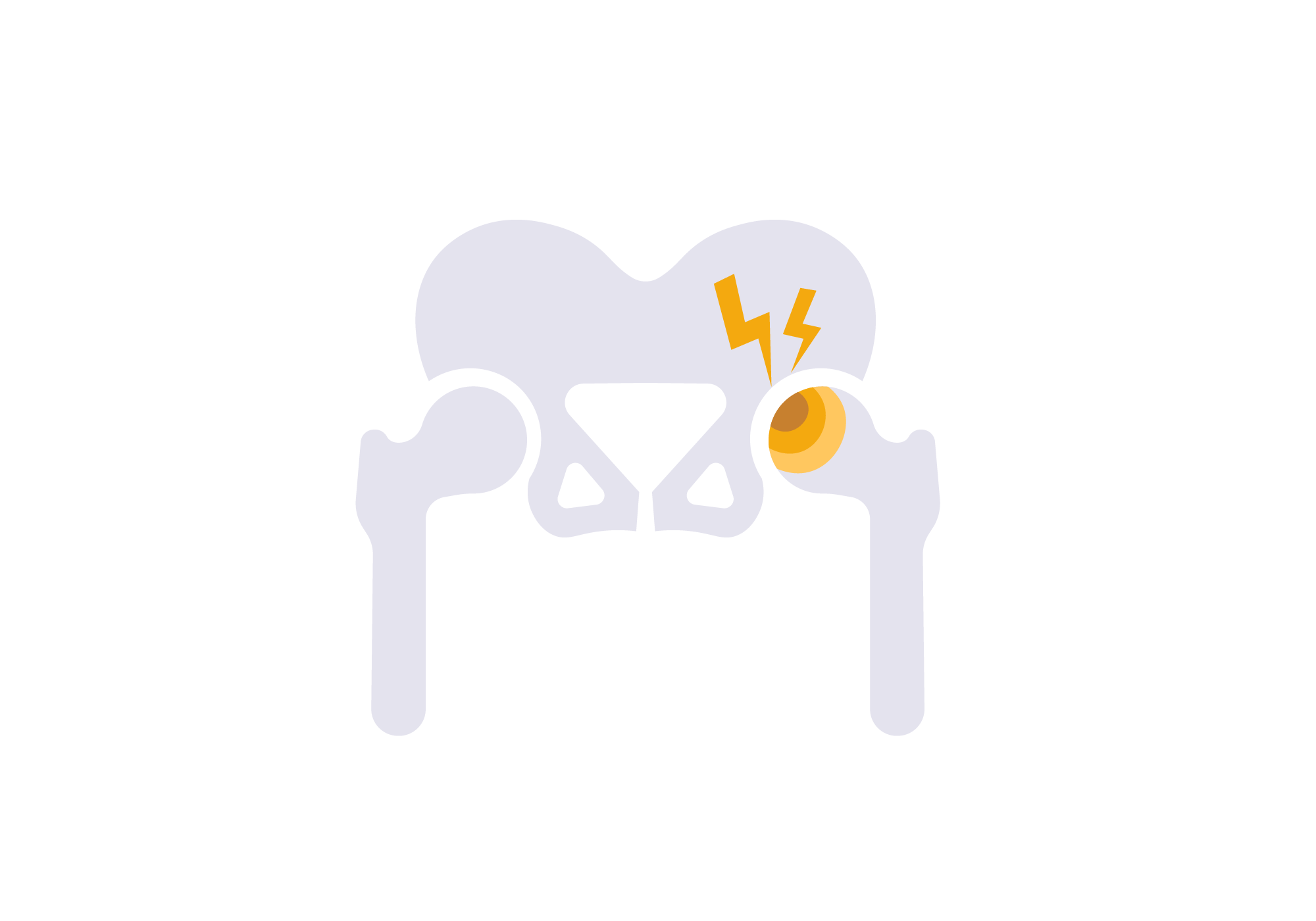

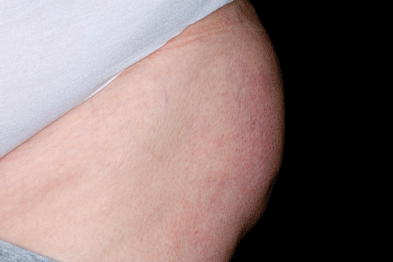








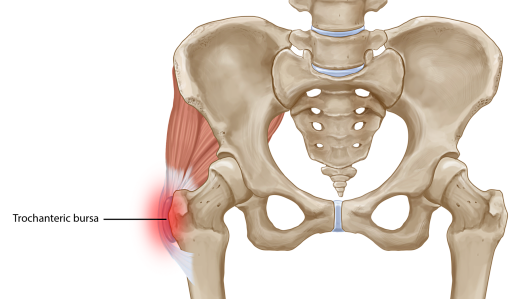
Posting Komentar untuk "Greater Trochanteric Pain Syndrome Self-care"